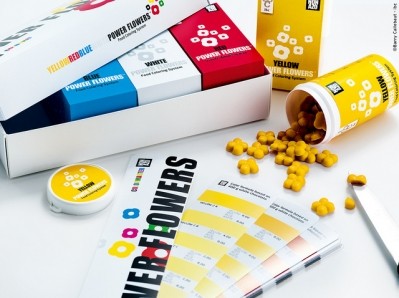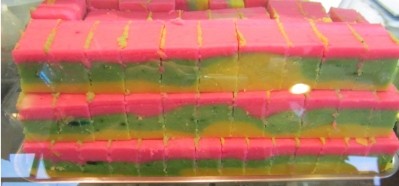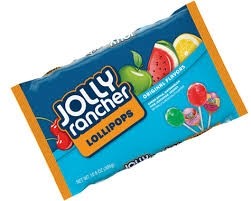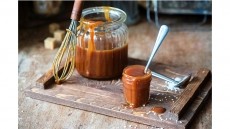Food colors in India: Researchers call for review
Majority of colored foods in India illegal
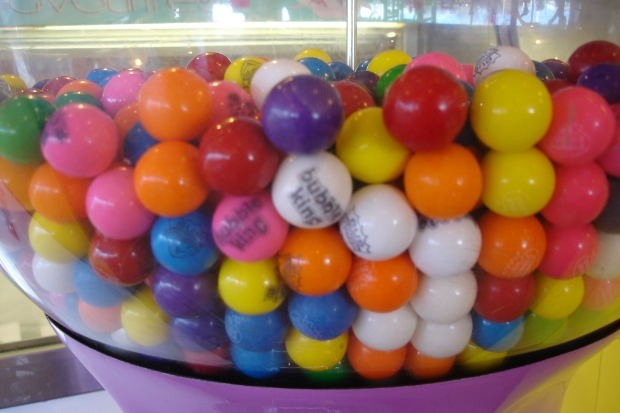
Sumita Dixit et al. published a study in the Journal of Food Science where they analyzed 2,409 samples of milk-based sweets, cereal based sweets and savory products that are commonly consumed in India based on surveys.
Over half of colors exceed legal limits
83.6% of samples contained permitted colors, but 58% of these were over the maximum allowable concentration limit of 100 mg/kg.
16.4% of the samples tested used non-permitted colors. The most common was Rhodamine B followed by Orange II and Metanil Yellow.
This took the total number of adulterated products; whether by exceeding permitted limits or using non-permitted colors to 64.8%.
‘Cause of concern’ for children
The researchers conducted food frequency questionnaires involving 791 people to assess how often Indian consumers ate color-containing products at a national level.
They found that children and adolescents had higher average daily consumption of such foods than adults, potentially posing a health risk.
“On the basis of average consumption of food commodities and average levels of detected colors, the intake of Sunset Yellow FCF saturates the acceptable daily intake limit to a maximum of 47.8% in children, which is a cause of concern,” said the researchers.
Sunset Yellow has previously been linked to hyperactivity in children and permitted levels were lowered in Europe by the European Food Safety Authority (EFSA) from 2.5 mg/kg to 1.0 mg/kg bodyweight per day in 2009.
Tartrazine, a lemon yellow color, was the most common permitted color. An earlier study found ADI limits were exceeded in 36% of food use in India.
Authors call for rule changes
The Food Safety and Standards Authority of India permits eight synthetic colors in specified foods at a uniform level of 100 mg/kg, while the acceptable daily intake ADI for food colors varies from 0.1 to 25 mg/kg body weight per day.
The researchers said that rules needed to be reviewed.
“The saturation of ADI limits in these commodities up to 48% in a single color is a cause for concern.”
“The uniform maximum permissible limit of synthetic colors at 100 mg/kg under the Indian rules thus needs to be reviewed and should rather be governed by the technological necessity and the consumption profiles of food commodities so that the vulnerable population should not unnecessary be exposed to excessive amounts of synthetic colors to pose health risks,” said the researchers.
Source:
Journal of Food Science
DOI: 10.1111/1750-3841.12068
'All India Survey for Analyses of Colors in Sweets and Savories: Exposure Risk in Indian Population'
Authors: Sumita Dixit, Subhash K. Khanna, Mukul Das

